1. Wei FC, Tay SK. Principle and techniques of microvascular surgery. In : Neligan PC, Gurtner GC, editors. Plastic surgery. 3rd ed. London: Elsevier;2012. p. 587–621.
2. Shanelec DA. Optical principles of loupes. J Calif Dent Assoc. 1992; 20:25–32.
3. Tamai S. History of microsurgery. Plast Reconstr Surg. 2009; 124(6 Suppl):e282–94.

4. Jeon BJ, Mun GH. Perspectives on reconstructive microsurgery in Korea. J Korean Med Assoc. 2011; 54:604–16.

5. Murphy JB. Resection of arteries and veins injured in continuity—end-to-end suture: experimental and clinical research. Med Rec. 1897; 51:73–88.
6. Carrel A. La technique operatoire des anastomoses vasculaires et la transplantation des visceres. Lyon Med. 1902; 98:859–64.
7. McLean J. The thromboplastic action of cephalin. Am J Physiol. 1916; 41:250–7.

8. Holmgren G. Some experiences in surgery of otosclerosis. Acta Oto-Laryngol. 1923; 5:460–6.
9. Nylen CO. An oto-microscope. Acta Otolaryngol. 1923; 5:414–7.
10. Malis LI. Bipolar coagulator in microsurgery. In : In : Donaghy RM, Yasargil MG, editors. Micro-vascular surgery: report of first conference; 1996 Oct 6-7; Mary Fletcher Hospital, Burlington, VT. Stuttgart: Thieme. 1967.
11. Jacobson JH, Suarez EL. Microsurgery in anastomosis of small vessels. Surg Forum. 1960; 11:243–5.
12. Malt RA, Mckhann C. Replantation of severed arms. JAMA. 1964; 189:716–22.

13. Chen ZW, Yu HL. Current procedures in China on replantation of severed limbs and digits. Clin Orthop Relat Res. 1987; (215):15–23.

14. Kleinert HE, Kasdan ML. Anastamosis of digital vessels. J Ky Med Assoc. 1965; 63:106–8.
15. Komatsu S, Tamai S. Successful replantation of a completely cut-off thumb. Plast Reconstr Surg. 1968; 42:374–7.

16. Buncke HJ Jr, Schulz WP. Experimental digital amputation and reimplantation. Plast Reconstr Surg. 1965; 36:62–70.

17. Krizek TJ, Tani T, Desprez JD, Kiehn CL. Experimental transplantation of composite grafts by microsurgical vascular anastomoses. Plast Reconstr Surg. 1965; 36:538–46.

18. Gu YD, Zhang GM, Cheng DS, Yan JG, Chen XM. Free toe transfer for thumb and finger reconstruction in 300 cases. Plast Reconstr Surg. 1993; 91:693–700.
19. Cobbett JR. Free digital transfer. Report of a case of transfer of a great toe to replace an amputated thumb. J Bone Joint Surg Br. 1969; 51:677–9.
20. Smith JW. Microsurgery of peripheral nerves. Plast Reconstr Surg. 1964; 33:317–29.

21. Bora FW Jr. Peripheral nerve repair in cats. The fascicular stitch. J Bone Joint Surg Am. 1967; 49:659–66.
22. Hakstian RW. Funicular orientation by direct stimulation. An aid to peripheral nerve repair. J Bone Joint Surg Am. 1968; 50:1178–86.
23. Ito T, Hirotani H, Yamamoto K. Peripheral nerve repairs by the funicular suture technique. Acta Orthop Scand. 1976; 47:283–9.

24. Strauch B, Bloomberg AE, Lewin ML. An experimental approach to mandibular replacement: island vascular composite rib grafts. Br J Plast Surg. 1971; 24:334–41.

25. Tamai S, Sasauchi N, Hori Y, Tatsumi Y, Okuda H. Microvascular surgery in orthopaedics and traumatology. J Bone Joint Surg Br. 1972; 54:637–47.

26. McLean DH, Buncke HJ Jr. Autotransplant of omentum to a large scalp defect, with microsurgical revascularization. Plast Reconstr Surg. 1972; 49:268–74.

27. Daniel RK, Taylor GI. Distant transfer of an island flap by microvascular anastomoses. A clinical technique. Plast Reconstr Surg. 1973; 52:111–7.
28. Harii K, Ohmori K, Torii S. Free gracilis muscle transplantation, with microneurovascular anastomoses for the treatment of facial paralysis. A preliminary report. Plast Reconstr Surg. 1976; 57:133–43.
29. Taylor GI, Miller GD, Ham FJ. The free vascularized bone graft. A clinical extension of microvascular techniques. Plast Reconstr Surg. 1975; 55:533–44.
30. Baudet J, Guimberteau JC, Nascimento E. Successful clinical transfer of two free thoraco-dorsal axillary flaps. Plast Reconstr Surg. 1976; 58:680–8.

31. Tamai S, Nakamura Y, Motomiya Y. Microsurgical replantation of a completely amputated penis and scrotum: case report. Plast Reconstr Surg. 1977; 60:287–91.
32. Taylor GI, Watson N. One-stage repair of compound leg defects with free, revascularized flaps of groin skin and iliac bone. Plast Reconstr Surg. 1978; 61:494–506.

33. Hill HL, Nahai F, Vasconez LO. The tensor fascia lata myocutaneous free flap. Plast Reconstr Surg. 1978; 61:517–22.

34. Millesi H. Microsurgery of peripheral nerves. Hand. 1973; 5:157–60.

35. Urbaniak JR, Evans JP, Bright DS. Microvascular management of ring avulsion injuries. J Hand Surg Am. 1981; 6:25–30.

36. Morrison WA, O’Brien BM, MacLeod AM. Thumb reconstruction with a free neurovascular wrap-around flap from the big toe. J Hand Surg Am. 1980; 5:575–83.

37. Wei FC, Chen HC, Chuang DC, Chen S, Noordhoff MS. Second toe wrap-around flap. Plast Reconstr Surg. 1991; 88:837–43.

38. Tsai TM, Jupiter JB, Kutz JE, Kleinert HE. Vascularized autogenous whole joint transfer in the hand--a clinical study. J Hand Surg Am. 1982; 7:335–42.

39. Godina M. Early microsurgical reconstruction of complex trauma of the extremities. Plast Reconstr Surg. 1986; 78:285–92.

40. Godina M. Preferential use of end-to-side arterial anastomoses in free flap transfers. Plast Reconstr Surg. 1979; 64:673–82.

41. Taylor GI, Palmer JH. The vascular territories (angiosomes) of the body: experimental study and clinical applications. Br J Plast Surg. 1987; 40:113–41.

42. Saint-Cyr M, Wong C, Schaverien M, Mojallal A, Rohrich RJ. The perforasome theory: vascular anatomy and clinical implications. Plast Reconstr Surg. 2009; 124:1529–44.

43. Asko-Seljavaara S. Free style free flaps. In : In: Programs and abstracts of the Seventh Congress of the International Society of Reconstructive Microsurgery; 1983 Jun 19-30; New York. New York. International Society of Reconstructive Microsurgery. 1983.
44. Koshima I, Soeda S. Inferior epigastric artery skin flaps without rectus abdominis muscle. Br J Plast Surg. 1989; 42:645–8.

45. Nakayama Y, Soeda S, Kasai Y. Flaps nourished by arterial inflow through the venous system: an experimental investigation. Plast Reconstr Surg. 1981; 67:328–34.
46. Ji SY, Chia SL, Cheng HH. Free transplantation of venous network pattern skin flap: an experimental study in rabbits. Microsurgery. 1984; 5:151–9.

47. Honda T, Nomura S, Yamauchi S, Shimamura K, Yoshimura M. The possible applications of a composite skin and subcutaneous vein graft in the replantation of amputated digits. Br J Plast Surg. 1984; 37:607–12.

48. Koshima I. Microsurgery in the future: introduction to supra-microsurgery and perforator flaps. First International Course on Perforator Flap and Arterialized Skin Flaps [1997 Jun 13]. Special invited lecture. Gent, Belgium: 1997.
49. Badash I, Gould DJ, Patel KM. Supermicrosurgery: history, applications, training and the future. Front Surg. 2018; 5:23.

50. Koshima I, Narushima M, Mihara M, Uchida G, Nakagawa M. Fascicular turnover flap for nerve gaps. J Plast Reconstr Aesthet Surg. 2010; 63:1008–14.

51. Lee KT, Park BY, Kim EJ, et al. Superthin SCIP flap for reconstruction of subungual melanoma: aesthetic functional surgery. Plast Reconstr Surg. 2017; 140:1278–89.
52. Ahmed RL, Prizment A, Lazovich D, Schmitz KH, Folsom AR. Lymphedema and quality of life in breast cancer survivors: the Iowa Women’s Health Study. J Clin Oncol. 2008; 26:5689–96.

53. Ito R, Suami H. Overview of lymph node transfer for lymphedema treatment. Plast Reconstr Surg. 2014; 134:548–56.

54. O’Brien BM, Mellow CG, Khazanchi RK, Dvir E, Kumar V, Pederson WC. Long-term results after microlymphaticovenous anastomoses for the treatment of obstructive lymphedema. Plast Reconstr Surg. 1990; 85:562–72.
55. Dubernard JM, Owen E, Herzberg G, et al. Human hand allograft: report on first 6 months. Lancet. 1999; 353:1315–20.

56. Jones JW, Gruber SA, Barker JH, Breidenbach WC. Successful hand transplantation. One-year follow-up. Louisville Hand Transplant Team. N Engl J Med. 2000; 343:468–73.
57. Devauchelle B, Badet L, Lengelé B, et al. First human face allograft: early report. Lancet. 2006; 368:203–9.

58. Petruzzo P, Sardu C, Lanzetta M, Dubernard JM. Report (2017) of the International Registry on Hand and Composite Tissue Allotransplantation (IRHCTT). Curr Transplant Rep. 2017; 4:294–303.

59. Woo SH, Kim YW, Cheon HJ, et al. Process of obtaining social consensus and 3-year functional outcomes of the first hand allotransplantation in Korea. J Korean Med Sci. 2021; 36:e6.

60. Gudeloglu A, Brahmbhatt JV, Parekattil SJ. Robotic-assisted microsurgery for an elective microsurgical practice. Semin Plast Surg. 2014; 28:11–9.

61. Tan YP, Liverneaux P, Wong JKF. Current limitations of surgical robotics in reconstructive plastic microsurgery. Front Surg. 2018; 5:22.

62. Fitzgerald O’Connor E, Rozen WM, Chowdhry M, et al. The microvascular anastomotic coupler for venous anastomoses in free flap breast reconstruction improves outcomes. Gland Surg. 2016; 5:88–92.
63. Yoo MC, Kang SH, Song YH, Park JG. Free toe-to-thumb transplantation with microsurgical technique. J Korean Orthop Assoc. 1980; 15:861–9.

64. Lim P, Cho MJ, Cho HS, Hur E, Lee JW, Ham KS. An axillary scar contracture corrected by microvascular free groin flap transfer. J Korean Soc Plast Reconstr Surg. 1978; 5:189–94.
65. Park CG, Lee HW, Kim CH. Microvascular free flaps for the reconstruction of head and neck. J Korean Soc Plast Reconstr Surg. 1985; 12:187–98.
66. Tark KC, Yoon JS, Shin KS. Analysis of 83 consecutive free flaps. J Korean Soc Plast Reconstr Surg. 1993; 20:155–66.




 PDF
PDF Citation
Citation Print
Print



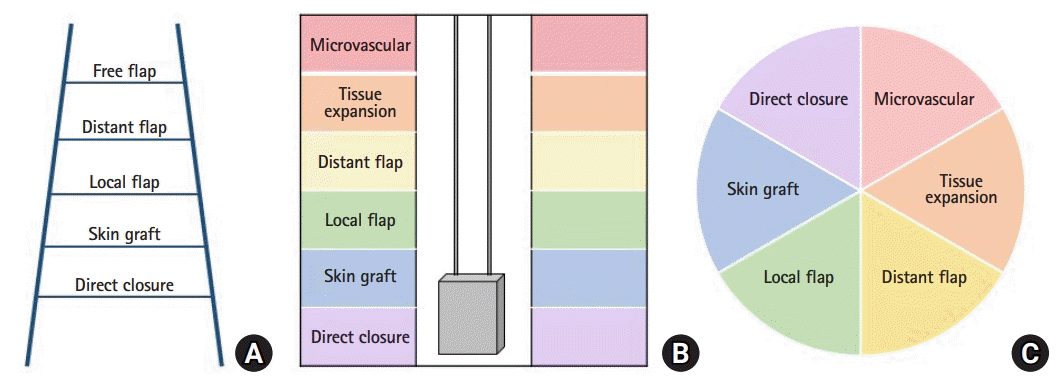
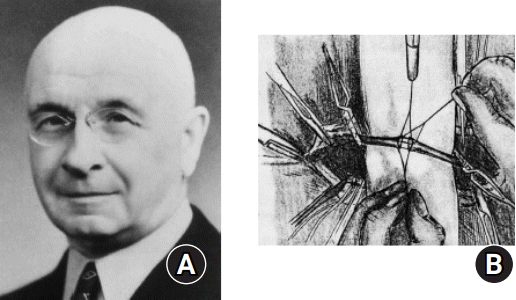
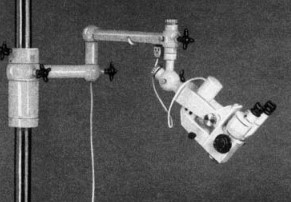
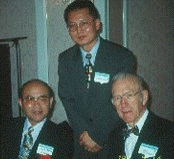
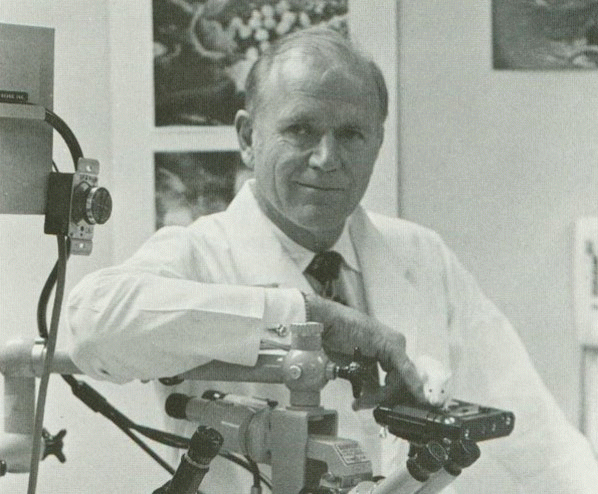
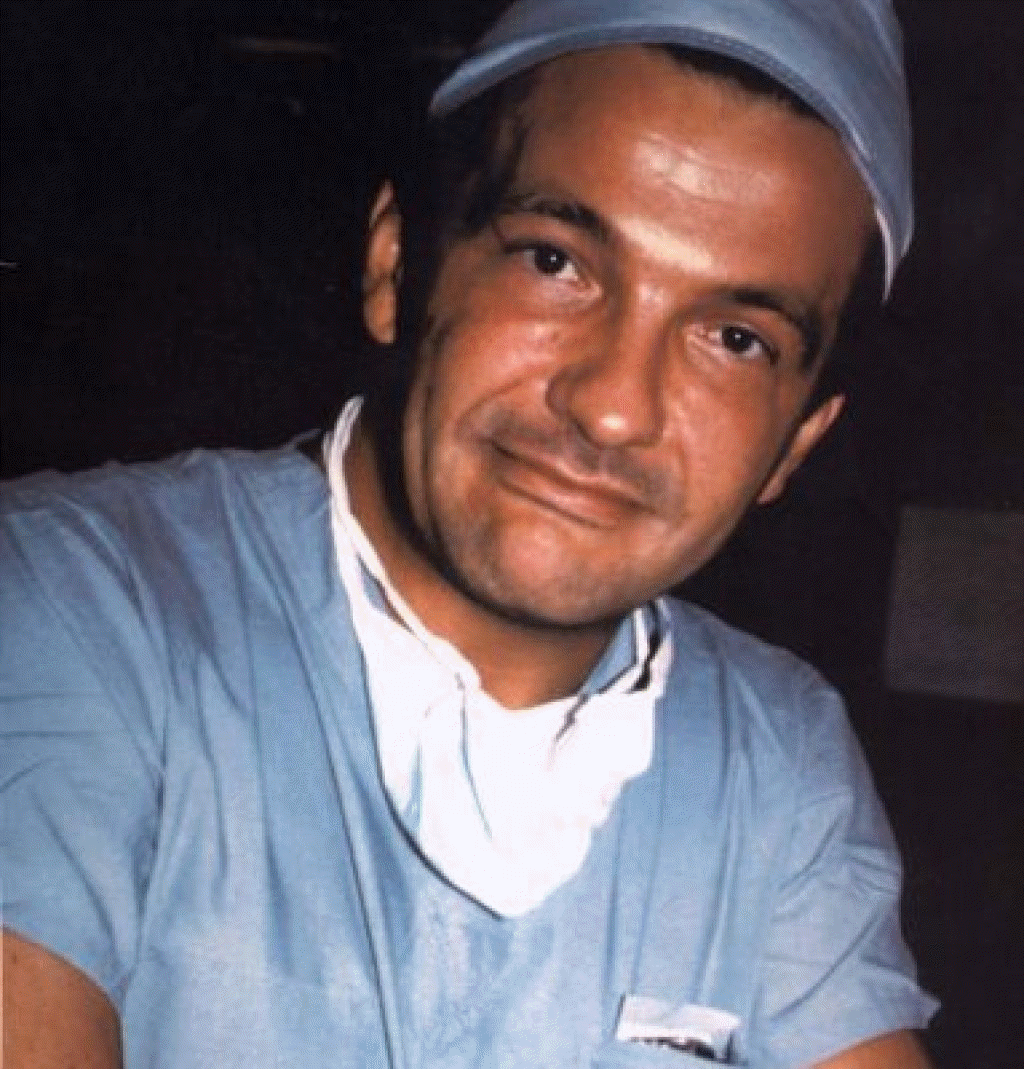
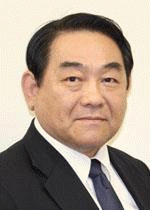
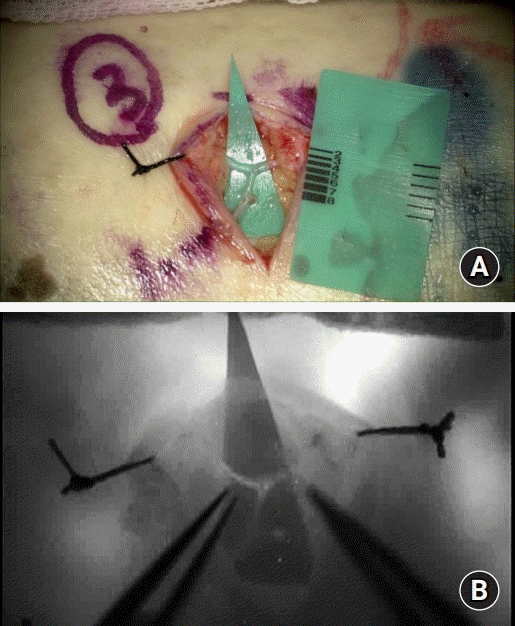
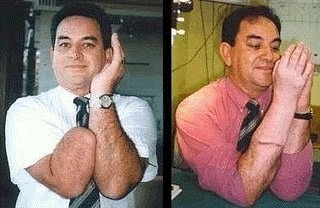
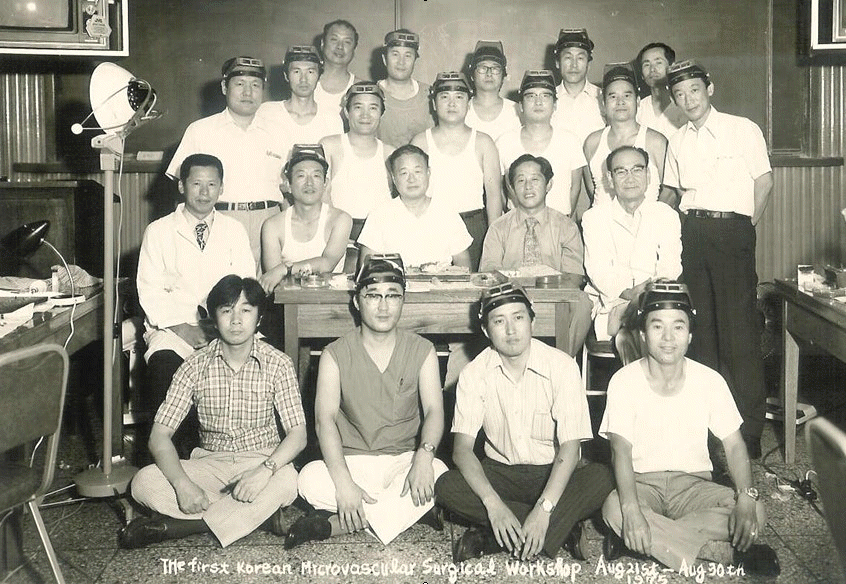
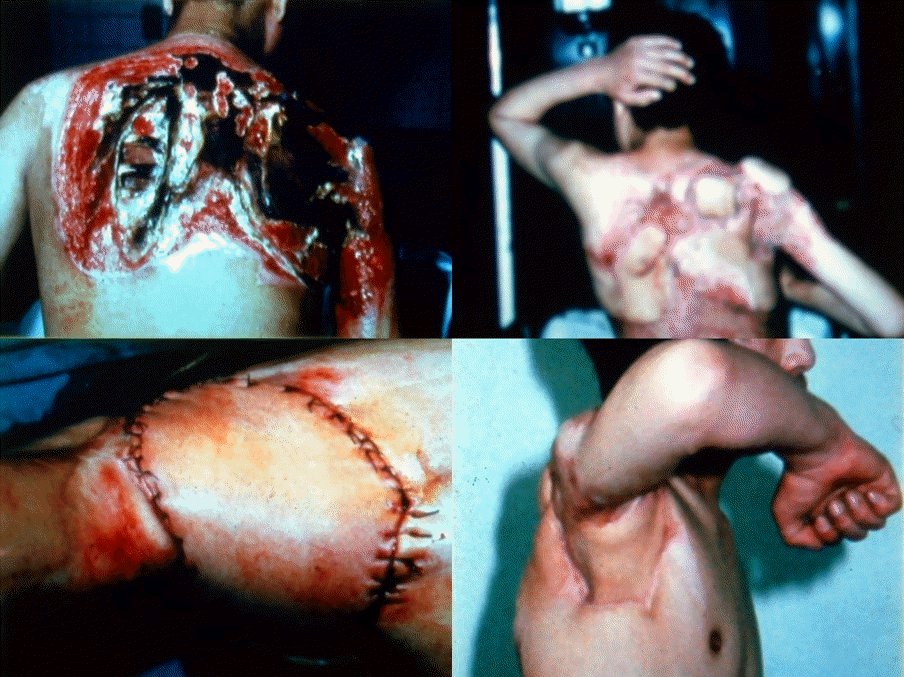
 XML Download
XML Download